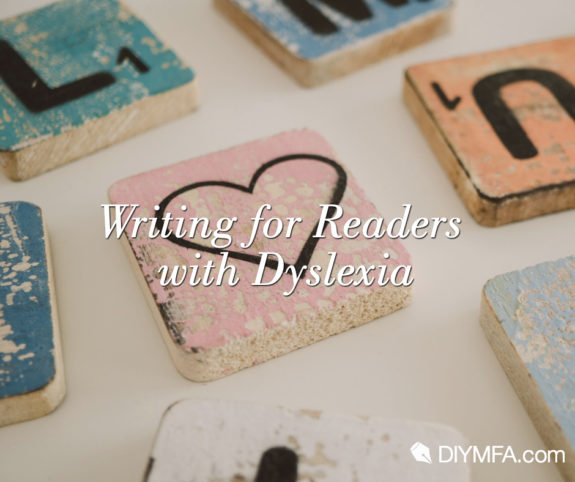When it comes to reading, as many as one in five children struggle with word formation, memorization, and recognition—also known as dyslexia. It’s a common learning difference and accounts for nearly 80% of all children receiving special education services. Trouble reading due to dyslexia is in no way an indication of intelligence level or even interest in your book.
Whether you’re sending pages to a beta reader with dyslexia or about to press publish on your first eBook, there are plenty of steps authors can take to make sure their text is friendly for readers with dyslexia.
Word Choice
Flowery language will turn off many readers, but word choice matters even more when you’re writing with readers with dyslexia in mind. Shorter and more familiar words tend to be best. Silent letters can be tricky as can words ending in -ough (which is pronounced differently in words like through, enough, cough, etc.). In short, keep it simple and follow general grammar rules to help readers follow along and not get tripped up in your text.
Font Choice
Fonts can make a huge difference to the readability of a book. Readers with dyslexia often have hard times with serif fonts and fonts that have short ascenders (b, d, f, h, i, k, l, t) and descenders (g, j, p, q, y). Keeping to a simple, sans serif font in a 14pt or larger is best. There are also open source dyslexia-friendly fonts you can download and use for even better accommodation.
Formatting
Along with what words you’re choosing and the font they’re shown in, the organization of those words on the page affects how easily they can be read. Align text to the left margin, but don’t justify it as this causes unnecessary spacing changes. Keep vertical line spacing to a minimum of 1.5 so readers don’t accidentally skip lines (a common occurrence for readers with dyslexia). Even printing your book on off-white or cream-colored paper can help reduce glare which greatly affects readers with dyslexia.
Reading is a pastime that should be enjoyed by everyone, even those with learning differences. Dyslexia often acts as a barrier for people against the enjoyment of reading. We can do our part as authors to write and edit our books in a way that is friendly for readers with dyslexia.

Jeanette the Writer is a freelance editor and writer based in Dallas, TX. When not at the computer, you can find her crafting, teaching a scuba diving class, or posting pictures of cute cats on Instagram. Visit JeanettetheWriter.com for more info and follow @JeanettetheWriter on Instagram and Facebook or @JeanettetheWrtr on Twitter.







